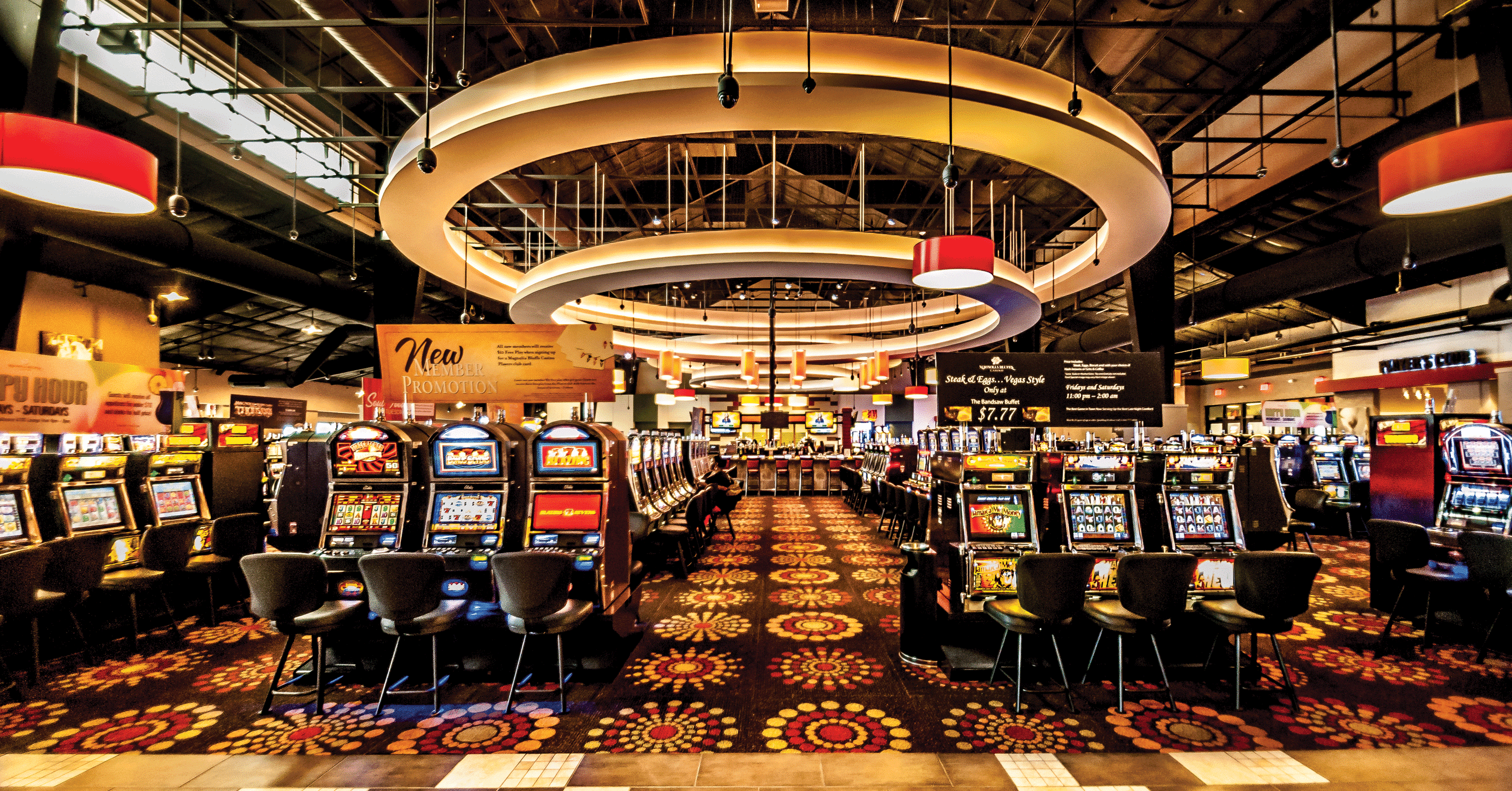
Within the lively and thrilling world of casinos, wherein luck and tactics intertwine, hues and design play a critical role in drawing in players. From the moment players step into a casino or log into a gaming website, they are immersed in a sightly feast that grabs their attention and lures them to discover more. Vivid colors, captivating graphics, and creative layouts are meticulously crafted to create an environment of excitement and anticipation, ultimately improving the gaming experience.
While gamblers navigate through the dynamic landscape of casino games, they come across a variety of designs that not only serve visual purposes but also influence feelings and choices. Colors like red and gold symbolize riches and luck, while soothing blues and emeralds can create a more tranquil environment. Grasping how these elements function together allows casinos to create an welcoming and stimulating atmosphere that encourages players to interact with the games, spend additional time at the tables, and boost their general enjoyment.
The Psychology of Tint in Casino Games
Tint plays a crucial role in the design of casino games, influencing player emotions and responses. Bright and striking colors, such as crimson and amber, are often used to ignite excitement and capture attention. These hues create a feeling immediacy and energy, encouraging gamblers to participate more enthusiastically with the game. By strategically selecting tints, designers aim to inspire emotions of satisfaction and excitement, which can enhance the complete player experience.
Distinct hues also have psychological connotations that can impact how gamblers perceive their chances of success. five88 For example, lime is commonly associated with luck and prosperity, making it a popular choice in activities like roulette and poker games. This connection can result gamblers to feel more positive and assured in their gaming, ultimately inspiring them to stake more. Grasping these links allows game creators to create environments that enhance player satisfaction and engagement.
Moreover, the layout of casino game interfaces often utilizes color gradients and opposing colors to direct player actions. For example, winning results may be highlighted with bright, contrasting shades, creating a visual cue. This technique strengthens positive outcomes and promotes repeated engagement. By exploiting the psychology of color, gaming venues can design games that not only attract gamblers but also hold them involved and dedicated in their game experience.
Design Features that Attract Gamers
The visual appeal of casino games is primarily influenced by the use of bold colors. Lively and striking colors are strategically chosen to create an appealing atmosphere that captures attention. For example, reds and golden hues often signify good fortune and prosperity, which is why they are common in the color schemes of slot machines and game surfaces. These colors not only attract players in, but they also evoke emotions associated with excitement and expectation, enhancing the total gaming experience.
In parallel to color, the aesthetic and organization of gambling games play a significant role in player attraction. Games are designed to be intuitive, ensuring that players can quickly understand the rules and mechanics. Accessible interfaces, along with captivating graphics and animations, help maintain player interest and promote extended play sessions. The physical elements, such as the texture of the controls and the audio of the games, also contribute to a comprehensive sensory experience that keeps players engaged.
Finally, conceptual elements in game design can greatly influence gaming decisions. Many casino games are inspired by media, fairy tales, or adventure themes, incorporating symbols and characters that resonate with players. These themes create a sense of immersion and connection, making each game feel unique. When players feel a connection to the theme, they are more likely to choose that game over others, leading to increased participation and excitement within the casino environment.
Case Studies: Successful Gambling Game Designs
One prime example of successful gambling game design is the popular slot machine series themed around blockbuster movies. Games such as those based on the Wizard of Oz and Game of thrones utilize bright colors and top-notch graphics to engage players in recognizable narratives. The employment of dynamic visuals and engaging sound effects takes the focus of players, creating an affective connection to the theme. This strategy not just promotes longer play but also improves the overall gaming experience, resulting in increased player retention.
Another successful case is the application of color in table games like blackjack and the wheel. Casinos often create these games with deep reds and greens, colors traditionally linked with luck and wealth. For instance, the green felt on a 21 table provides a calming effect, while the crimson accents in roulette invite excitement. This intentional use of color helps to foster an inviting atmosphere that stimulates players to join in, addressing their psychological impulses and enhancing their enjoyment.
Finally, online casino games that incorporate community features and bright, lively designs have achieved remarkable success in engaging players. Games like Zynga’s Poker and Slotomania leverage vivid colors and playful animations to forge an inviting online environment. The addition of leaderboards, social sharing options, and in-game rewards fosters competition and community, drawing players in for longer sessions. Such designs not just make the games visually enticing but also underscore social connectivity, a crucial factor in player retention and engagement within digital casino environments.
